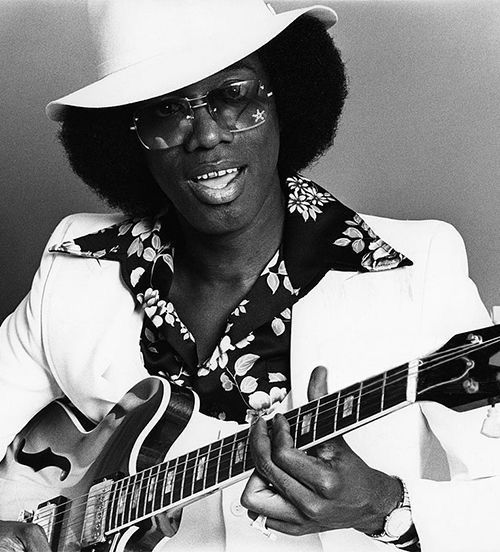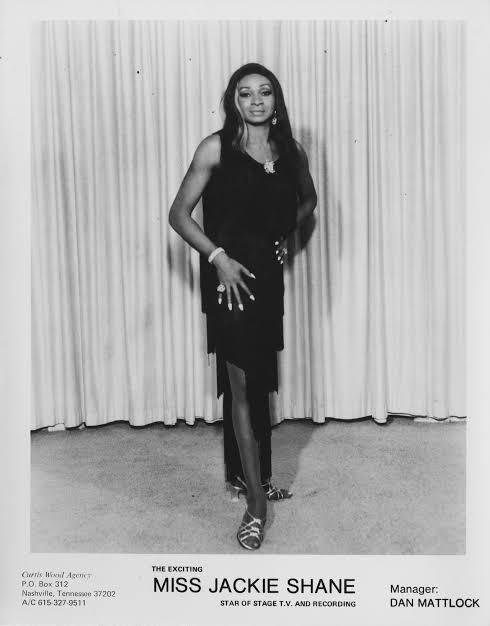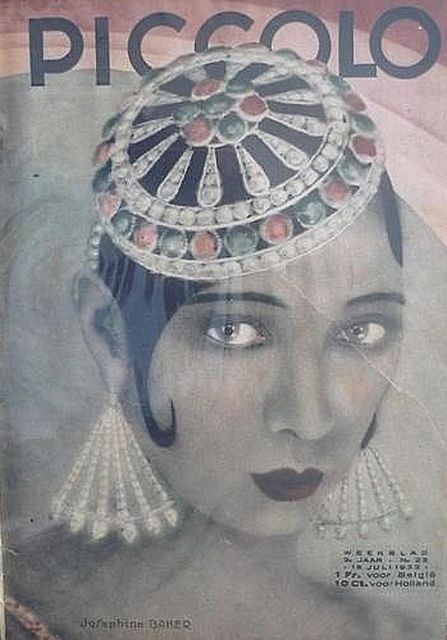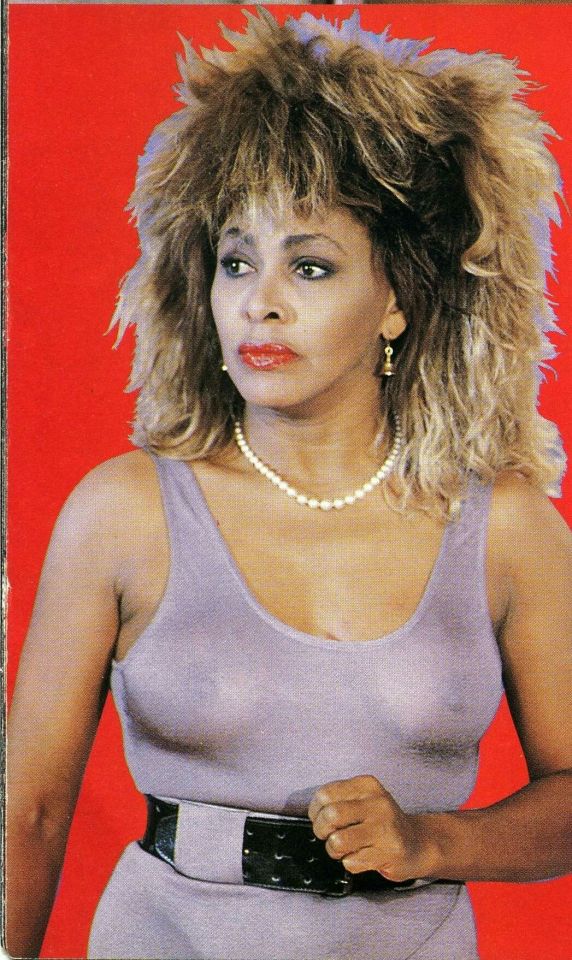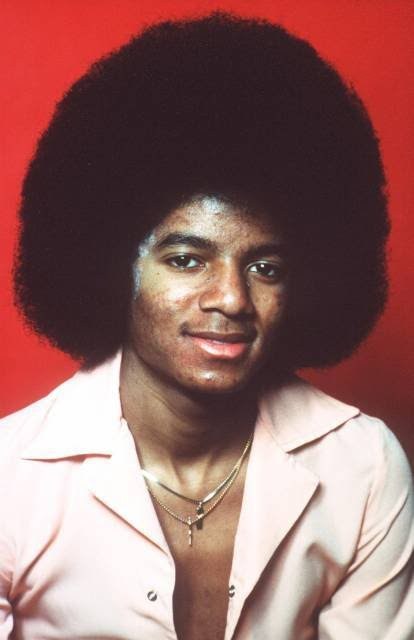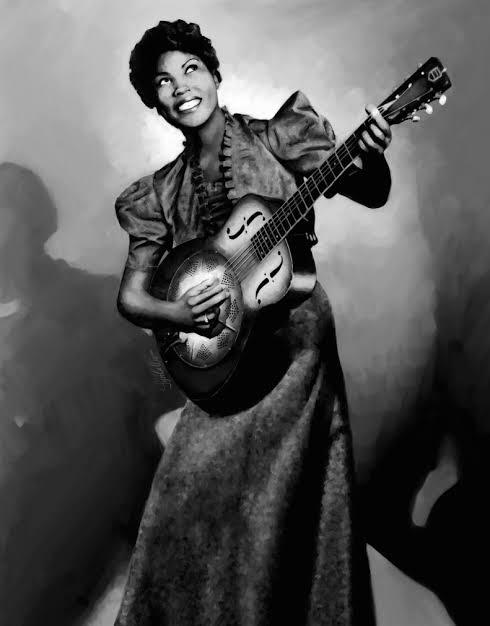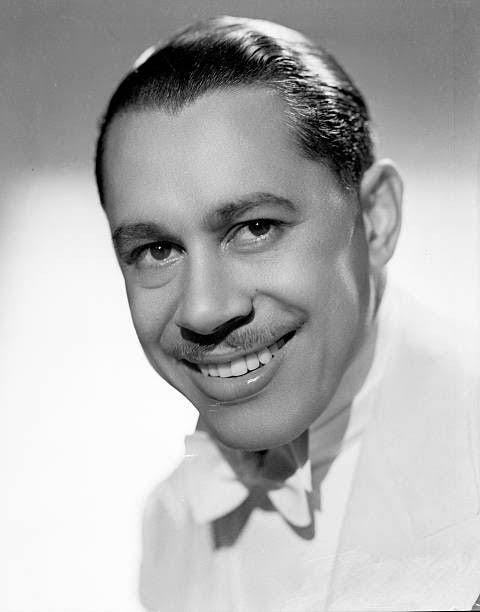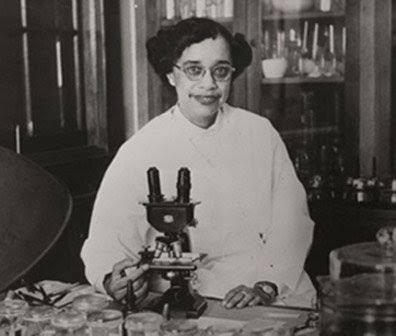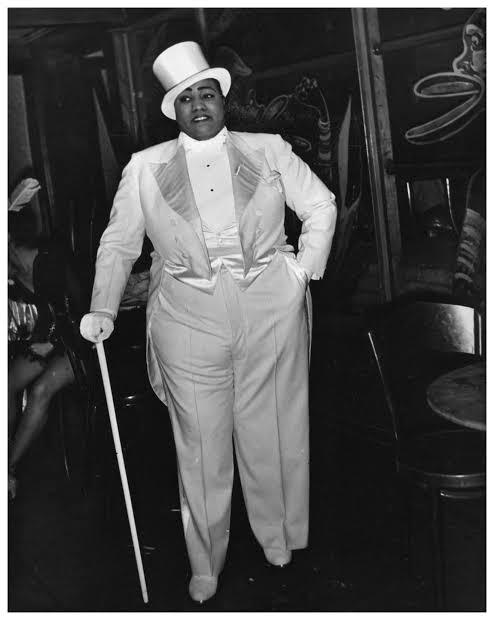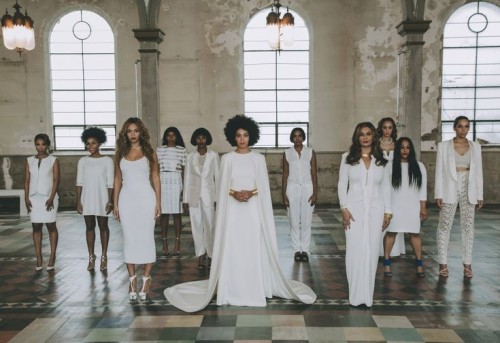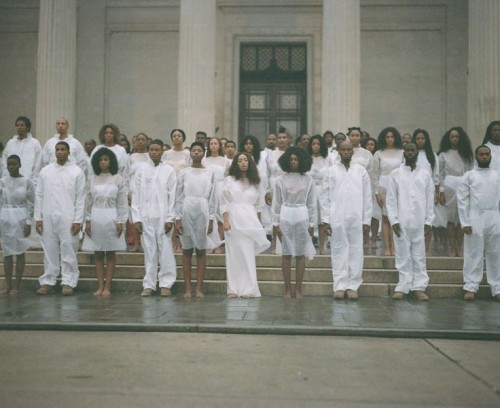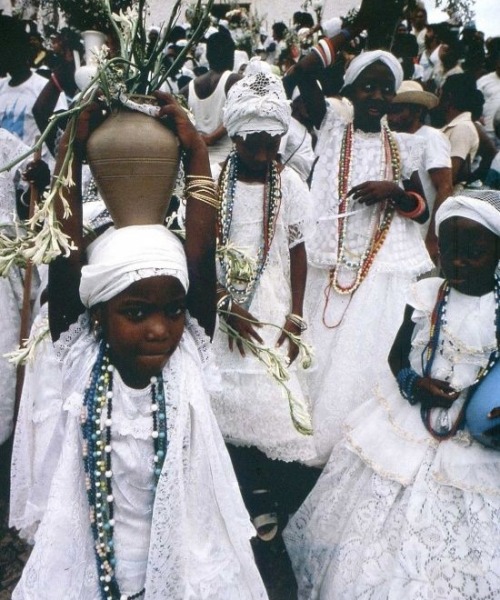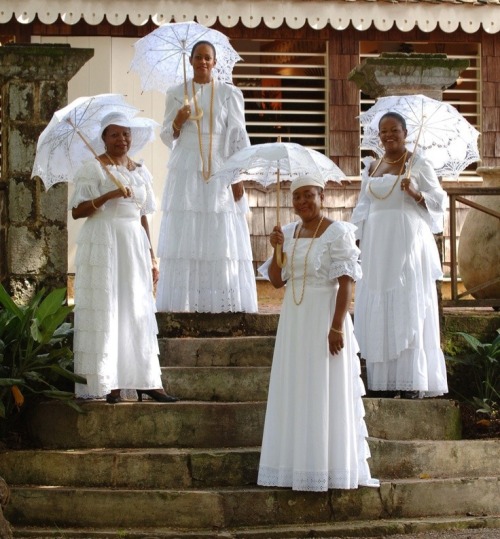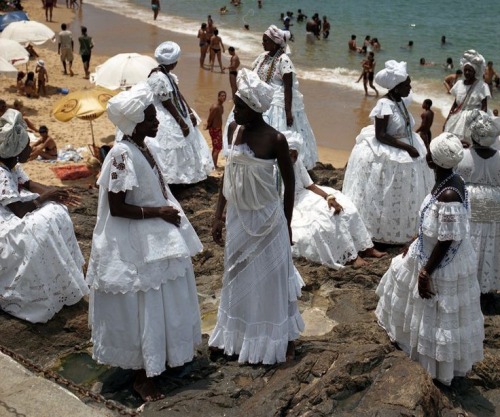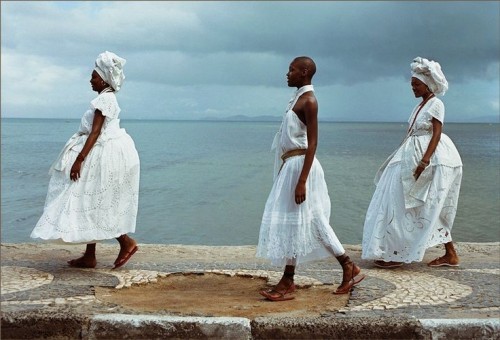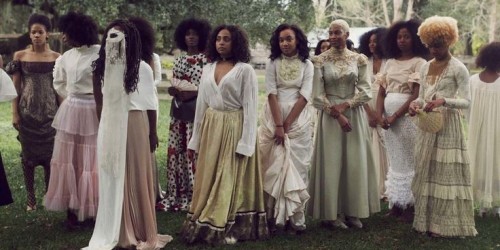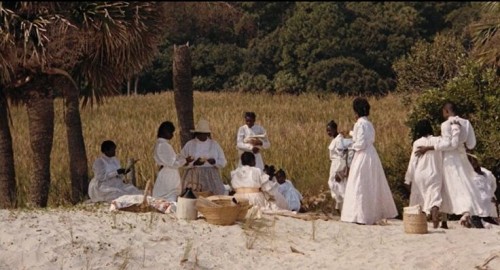Black History - Blog Posts
Hi there! I read your post about Egypt and Cleopatra, and now I am really curious about the African Kingdoms you mentioned and was wondering if you could tell us more about them please, they sound really interesting.
Oh, there's SO much I could tell you, and there's so many African kingdoms that have been woefully understudied--and many more aside from the ones I mentioned. They all have their own rich histories, cultures, political intrigue, and it's an actual tragedy that they aren't discussed more. I'm still researching myself, so I'll just review some of my favorite things from each kingdom.
Aksumite/Axumite Empire: Located in modern-day Ethiopia, this empire existed from the 1st to 8th century CE, though its prime was from the 3rd to 6th centuries CE. The Axumites converted to Christianity of their own free will over 1,000 years before colonialism and as a result have ancient churches, some made of stone and carved from the earth itself. They also were the first African kingdom to mint their own coins, and their capital city of Axum had, at its peak, 20,000 people living in it. Also, I love the Dungur palace. Here's a reconstruction of what it looked like:

LOOK AT IT.
Source: x
Kongo: Located in central Africa around modern-day Angola and the Democratic Republic of the Congo from the fourteenth to the twentieth centuries. This kingdom had a rich social hierarchy, apparently had ambassadors to Europe, and some people practiced Catholicism, which led to their own branch of Christianity led by a woman named Beatriz Kimpa Vita in the 1600s who believed she had visions that informed her Jesus actually came from Kongo. Yeah.
Sources: x, x
Loango: A neighbor of Kongo, but one we know much less about due to Kongo having a long, well-documented history of interacting with Europe (see: the ambassadors), and Loango... does not. But we do know they also had a rich social hierarchy, and we have this map of their capital city.

Sources: x, x
Great Zimbabwe: From 1100- 1500, located in modern-day Zimbabwe, this was a city of the Zimbabwe empire that was either used for storing grain or as a royal residence. Either way, the ruins of said city look like this:


Here's a reconstruction:

Sources: x, x, x, x
Ghana/Mali/Songhai: These were three successive empires from West Africa, with Ghana being the first from the 7th to 13th centuries, Mali being the second from the 13th to 16th centuries, and Songhai being the last one from the 15th to 16th centuries. If you learn about a non-Egyptian African civilization at all in school, chances are it's the Ghana empire and its successive empires, and they're most famous for gold, Timbuktu (with its ancient mosques, library, and university), and Mansa Musa.

Sources: x, x, x, x, x
Ashanti/Asante Empire: Located in modern day Ghana, this kingdom lasted from the eighteenth century to the twentieth century. This kingdom is most well-known for its role in the slave trade. The Ashanti had well-built roads and architecture, and a little fun tidbit about them is that, after the introduction of guns, they actually had a minor firearms industry.
Here's their capital, Kumasi:

Source: x, x
Swahili Coastline: The coastline was made up of MANY city-states that saw their prime in the 11th to 15th centuries--including Mombasa, Zanzibar, and Kilwa--that participated in the Indian Ocean trade route, and pottery from as far away as China has been found in these cities. Many of these cities also practiced Islam and had their own mosques. Kilwa is my personal favorite:

These cities were built of stone, but Kilwa's palace, in particular, was built of coral. Its architecture led to the city being described by Ibn Battuta as one of the most beautiful in the world, which is part of why it's so fascinating to me.
Source: x, x
Of course, this barely scratches the surface. There are many more kingdoms all over the continent and a variety from ancient and pre-medieval times that deserve much more love.

And this image doesn't even cover them all!
So yes, ancient and medieval Africa deserve much more love, more research and more hype, and hopefully one day soon they'll get just that.

" I wish by golly I, could spread my wings & fly...let this grounded soul be free for just a little while....I'll be like eagles when they ride upon the wind...and taste the sweetest taste of freedom for my soul...I'll be free at last...Thank Gawd almighty...I'll be free.." ~Big River~
The Promise (2015 Remaster)
Tracy is a genius. She is shy and soft, but gosh she can tell a story. The Promise is one of the best love songs ever made...I think...it's forever love....isn't that what we all want? The promise of forever kept.....
Thank you Tracy for your gift!
Mereba - Kinfolk - Treeline Stage @Pickathon 2019 S06E06
Mereba is someone you should know. Her voice, lyrics, and swagger are all black gurl majik. Git some of this.
So very proud to be a brown skinned girl. Happy Black History Month.
With vanilla extract being a meme, I wanted to share some black history of Edmond Albius a black slave who revolutionized vanilla pollination.
He used a technique he learned of pollinating melons to polinate the orchids to create the vanilla beans. Vanilla was rare and a luxury mainly due to only being able to be pollinated by its natural pollinator in Mexico.
unfortanely, he didnt receive any money for his discovery despite being called the main man who revolutionized pollination, he died in poverty...
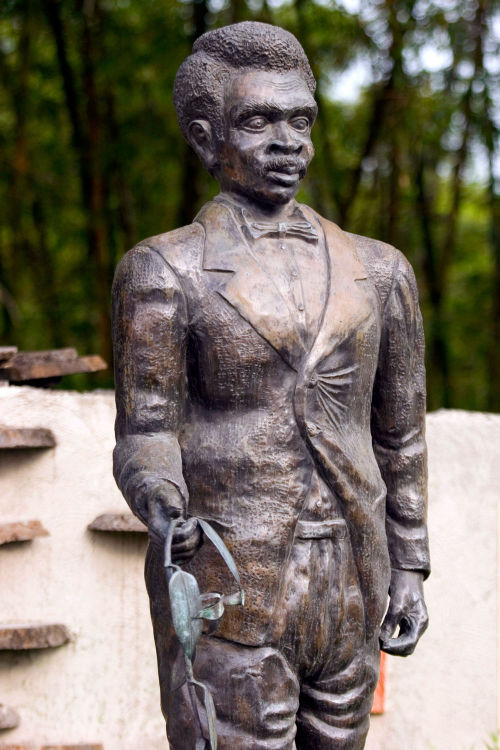
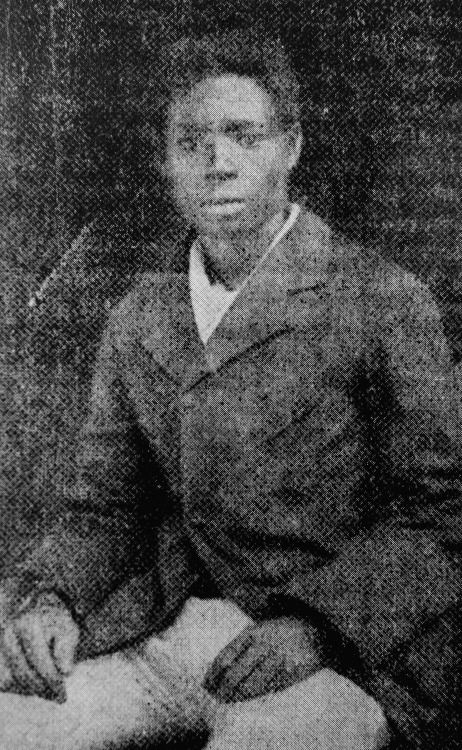
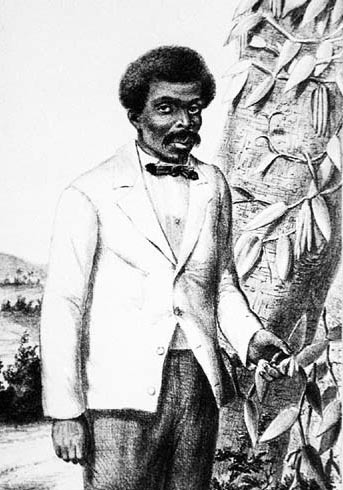
everyone say thank you Edmond
given that it's both black history month and Transgender Hell Era i recommend people go read about frances thompson, the first black trans woman to testify before Congress. her bravery and defiance in the fact of targeted government oppression is so admirable, as is the love from her community. she transitioned while enslaved and lived her entire life as a woman, more or less openly trans. she was outed and jailed by police who had always been aware she was trans entirely because her testimony of being raped by anti-black rioters was inconvenient for Congress and they needed an excuse to ignore her. and yet she never wavered in her conviction of her womanhood. when a reporter questioned her on why she wore dresses, she told him "none of your damn business." she died young but she was cared for by her community to the end. it's both an interesting look at how people historically engaged with trans people (even the West has a more complicated relationship with gender & sex than transphobes want to admit) and like. idk. her going through everything she went through and still being like fuck you. i know exactly what you are doing and it's bullshit. i am what i've always been and you are cowards relying on hatred to maintain power. and no matter what i'm not legitimizing your bullshit. i love you frances thompson


Alessandro de’ Medici Alessandro de’ Medici, called “Il Moro” (“The Moor”), was born in the Italian city of Urbino in 1510. His mother was an African slave named Simonetta who had been freed. Alessandro’s paternity is uncertain. Most sources name Lorenzo de’ Medici, ruler of Urbino. But Alessandro might also have been the son of Pope Clement VII, the brother of Lorenzo II who became the head of the Medici family after Lorenzo’s death. Clement VII chose the nineteen-year-old Alessandro to become the first Duke of Florence in 1529. Pope Clement at that time was at odds not only with the Florentines who had driven out the Medici family in 1497, but also with the emperor Charles V. To solidify the allegiance that the papacy owed to the Holy Roman Empire, Alessandro was named Duke of Florence and promised the emperor’s daughter Margaret. With the help of Charles V, Clement could restore the rule of the Medici family in Florence in 1530 and make Alessandro the first reigning Duke. Supported initially by the best families, Alessandro became an absolute prince, overthrowing the city’s’ republican government. According to most historians the young duke’s reign did not begin very well. His arrogant personality, the bad behavior of his entourage, and his licentiousness – with both women and feasting – soon gave Alessandro an unsavory reputation. In addition, he made some highly unpopular political decisions including limiting the number of remunerative positions in his government. This decision alone forced many patrician families to go into exile and become enemies of his rule. Alessandro’s situation grew worse when his protector and benefactor Clement VII died in 1534. In response he took more repressive measures against his enemies, probably due to his growing fear of them and uncertainty of his support. Meanwhile, resistance against Alessandro’s reign grew among the exiles and even his cousin Ippolito plotted against the Duke. When Ippolito died unexpectedly in 1535, speculations arose that Alessandro had poisoned him. In June 1536, however, Charles V visited Florence and married his daughter to Alessandro, consolidating the Duke’s position. Nonetheless one year later, Alessandro was murdered by his own cousin Lorenzino, who fled to Venice and was hailed among the exiles as the “New Brutus.” Sources: T.F. Earle and K.J. Lowe, Black Africans in Renaissance Europe (Cambridge: Cambridge University Press, 2005); J.A. Rogers, World’s Greatest Men of Color, Volume II (New York: Macmillan, 1972).

A Historical Deep Dive into the Founders of Black Womanism & Modern Feminism
Six African American Suffragettes Mainstream History Tried to Forget
These amazing Black American women each advanced the principles of modern feminism and Black womanism by insisting on an intersectional approach to activism. They understood that the struggles of race and gender were intertwined, and that the liberation of Black women was essential. Their writings, speeches, and actions have continued to inspire movements addressing systemic inequities, while affirming the voices of marginalized women who have shaped society. Through their amazing work, they have expanded the scope of womanism and intersectional feminism to include racial justice, making it more inclusive and transformative.
Anna Julia Cooper (1858–1964)
Quote: “The cause of freedom is not the cause of a race or a sect, a party or a class—it is the cause of humankind, the very birthright of humanity.”
Contribution: Anna Julia Cooper was an educator, scholar, and advocate for Black women’s empowerment. Her book A Voice from the South by a Black Woman of the South (1892) is one of the earliest articulations of Black feminist thought. She emphasized the intellectual and cultural contributions of Black women and argued that their liberation was essential to societal progress. Cooper believed education was the key to uplifting African Americans and worked tirelessly to improve opportunities for women and girls, including founding organizations for Black women’s higher education. Her work challenged both racism and sexism, laying the intellectual foundation for modern Black womanism.
Frances Ellen Watkins Harper (1825–1911)
Quote: “We are all bound together in one great bundle of humanity, and society cannot trample on the weakest and feeblest of its members without receiving the curse in its own soul.”
Contribution: Frances Ellen Watkins Harper was a poet, author, and orator whose work intertwined abolitionism, suffrage, and temperance advocacy. A prominent member of the American Equal Rights Association, she fought for universal suffrage, arguing that Black women’s voices were crucial in shaping a just society. Her 1866 speech at the National Woman’s Rights Convention emphasized the need for solidarity among marginalized groups, highlighting the racial disparities within the feminist movement. Harper’s writings, including her novel Iola Leroy, offered early depictions of Black womanhood and resilience, paving the way for Black feminist literature and thought.
Ida B. Wells (1862–1931)
Quote: “The way to right wrongs is to turn the light of truth upon them.”
Contribution: Ida B. Wells was a fearless journalist, educator, and anti-lynching activist who co-founded the National Association for the Advancement of Colored People (NAACP). Her investigative reporting exposed the widespread violence and racism faced by African Americans, particularly lynchings. As a suffragette, Wells insisted on addressing the intersection of race and gender in the fight for women’s voting rights. At the 1913 Women’s Suffrage Parade in Washington, D.C., she famously defied instructions to march in a segregated section and joined the Illinois delegation at the front, demanding recognition for Black women in the feminist movement. Her activism laid the groundwork for modern feminisms inclusion of intersectionality, emphasizing the dual oppressions faced by Black women.
Sojourner Truth (1797–1883)
Quote: “Ain’t I a Woman?”
Contribution: Born into slavery, Sojourner Truth became a powerful voice for abolition, women's rights, and racial justice after gaining her freedom. Her famous 1851 speech, "Ain’t I a Woman?" delivered at a women's rights convention in Akron, Ohio, directly challenged the exclusion of Black women from the feminist narrative. She highlighted the unique struggles of Black women, who faced both racism and sexism, calling out the hypocrisy of a movement that often-centered white women’s experiences. Truth’s legacy lies in her insistence on equality for all, inspiring future generations to confront the intersecting oppressions of race and gender in their advocacy.
Nanny Helen Burroughs (1879–1961)
Quote: “We specialize in the wholly impossible.”
Contribution: Nanny Helen Burroughs was an educator, activist, and founder of the National Training School for Women and Girls in Washington, D.C., which emphasized self-sufficiency and vocational training for African American women. She championed the "Three B's" of her educational philosophy: Bible, bath, and broom, advocating for spiritual, personal, and professional discipline. Burroughs was also a leader in the Women's Convention Auxiliary of the National Baptist Convention, where she pushed for the inclusion of women's voices in church leadership. Her dedication to empowering Black women as agents of social change influenced both the feminist and civil rights movements, promoting a vision of racial and gender equality.
Elizabeth Piper Ensley (1847–1919)
Quote: “The ballot in the hands of a woman means power added to influence.”
Contribution: Elizabeth Piper Ensley was a suffragist and civil rights activist who played a pivotal role in securing women’s suffrage in Colorado in 1893, making it one of the first states to grant women the vote. As a Black woman operating in the predominantly white suffrage movement, Ensley worked to bridge racial and class divides, emphasizing the importance of political power for marginalized groups. She was an active member of the Colorado Non-Partisan Equal Suffrage Association and focused on voter education to ensure that women, especially women of color, could fully participate in the democratic process. Ensley’s legacy highlights the importance of coalition-building in achieving systemic change.
To honor these pioneers, we must continue to amplify Black women's voices, prioritizing intersectionality, and combat systemic inequalities in race, gender, and class.
Modern black womanism and feminist activism can expand upon these little-known founders of woman's rights by continuously working on an addressing the disparities in education, healthcare, and economic opportunities for marginalized communities. Supporting Black Woman-led organizations, fostering inclusive black femme leadership, and embracing allyship will always be vital.
Additionally, when we continuously elevate their contributions in social media or multi-media art through various platforms, and academic curriculum we ensure their legacies continuously inspire future generations. By integrating their principles into feminism and advocating for collective liberation, women and feminine allies can continue their fight for justice, equity, and feminine empowerment, hand forging a society, by blood, sweat, bones and tears where all women can thrive, free from oppression.







Meet Sister Rosetta Tharpe, the black woman who invented that rock and roll sound
You know what’s sad, before I even read this article I was ready to refute this because I grew up believing Chuck Berry created Rock and roll. It’s said how so many knew of this great woman yet none spoke on her greatness.
I also discovered Big Mama Thornton, who’s another hugely influential early inventor of rock and roll — I’m pretty sure Hound Dog was originally popularized by her, before Elvis stole it.
Love Sister Rosetta Tharpe! #BlackGirlMagic
A few of her performances:
https://www.youtube.com/watch?v=JeaBNAXfHfQ
https://www.youtube.com/watch?v=l9bX5mzdihs
https://www.youtube.com/watch?v=SR2gR6SZC2M
Also I heard she was bisexual…
Happy Black History Month!
Work Songs and Sea Shanties
There’s been a lot of posts making the rounds discussing the ties between industrial union songs, folk songs, and sea shanties (since there’s been a rise in sea shanty popularity because of tik tok.) But I have yet to see one making the direct connection from African American work songs. Which is a little disheartening, as a black person who has always liked and enjoyed the genre.
Work songs have existed lonnnnnggg before shanties. But the distinct lyrical and instrumental form of what we immediately think of as “sea shanty” had antecedents in the working chants of international maritime traditions. Mainly those sung while loading vessels with cotton in ports of the Southern United States, during the 18th and 19th century. And you know what also rose in the 18th and 19th century?
Answer: Chattel Slavery.
“In the first few decades of the 19th century, White European-American culture, especially the Anglophone—the sailors’ “Cheer'ly Man” and some capstan songs notwithstanding—was not known for its work songs. By contrast, African workers, both in Africa and in the New World, were widely noted to sing while working. The fact that European observers found African work-singers so remarkable suggests that work songs were indeed rather foreign to their culture.” Source
Slave music has many distinct qualities. In early captivity, drums were used to provide rhythm, but they were banned in later years because of the fear that Africans would use them to communicate in a rebellion (they were, and also used as escape codes.) Slaves then resorted to generating percussion, using other instruments or their own bodies. Another quality is the call-and-response format, where a leader sing’s a verse or verses and the others respond with a chorus. There’s also field hollers, shouts, moans, etc.
As slaves were forced into christianizing, their work songs evolved into Spirituals. Other measures to prevent slave rebellion included making sure that slaves from the same tribe were intentionally scattered, so that they could not share the same language. The forbiddance of practicing indigenous religions and speaking anything other than English meant that eventually, the large groups of slaves were once again able to communicate with each other.
Spirituals were largely informed by the colonial hymns and folk songs of the time. They had the multitudinous purpose of 1.) keeping everyone working 2.) imparting Christian values 3.) describing the hardships of slavery, and 4.) hiding codes to escape. Famous Spirituals include “Swing Low, Sweet Chariot” and “Wade in the Water” and they were a significant part of navigating the Underground Railroad.
The switch to steam powered ships by the end of the 19th century gradually made sea shanties obsolete as work songs, so they are largely preserved as folk music. But because African Americans were still forced into the labour class, their work songs continued to evolve. Here are some chain gang songs for example.
Work songs > Spirituals > Gospel Music > Blues > Every Modern Black American Musical Genre That we Know Today
Not only that, but the root genre of work songs still exist across the globe, distinct to the agricultural and industrial work force of each culture. These videos were all posted within the last 5-10 years, from Tasmania, South Africa, The Philippines, and Tanzania. You can hear the connection between them being the tremendous labour they do.
Cartoon Network: See Color | The Crystal Gems Say Be Anti-Racist
White Men to avoid: History Edition
1. The one that’s obsessed with ww2. Makes edgy jokes about Jewish people and constantly depends Hitler in a “joking” way. Focuses way too much on guns
2. The white guy that took a black studies course to attempt to disprove racism. Will willingly misinterpret information to build a flimsy case
3. The American ™️. Will not shut up about the revolutionary war. Glosses over American actrocties and constantly wants to pretend they’re heroes.





What a time to be alive.
Happy Black History Month to all and to all a good night ❤️🖤💚
in honor of black history month 2025, i’ve put together a list of books written by black sapphic authors for you to read in the month of february
non-fiction essays/memoirs:
all about love: new visions by bell hooks
black lesbian in white america by anita cornwell
sister outsider: essays and speeches by audre lorde
mouths of rain: an anthology of black lesbian thought by briona simone jones
blues legacies and black feminism by angela davis
does your mama know?: an anthology of black lesbian coming out stories by lisa c. moore
fiction:
the color purple by alice walker
loving her by ann allen shockley
the gilda stories by jewelle gomez
in another place, not here by dionne brand
pomegranate by helen elaine lee
the summer we got free by mia mckenzie
these letters end in tears by musih tedji xaviere
dead in long beach, california by venita blackburn
young adult:
honey girl by morgan rogers
escaping mr. rochester by l.l. mckinney
this ravenous fate by hayley dennings
faebound by saraa el-arifa
so let them burn by kamilah cole
where sleeping girls lie by faridah àbíké-íyímídé
adult:
the deep by rivers solomon
sweet vengeance by viano oniomoh
come back (love concealed) by terri ronald
house of hunger by alexis henderson
short stories:
girl, woman, other by bernadine evaristo
the secret lives of church ladies by deesha philyaw
additional info:
-> “why wasn’t this book listed?” probably because it wasn’t black sapphic-centric, the author isn’t a black sapphic themself, or i just simply haven’t heard of it! so feel free to add on if it meets those two criteria
many of these books require trigger warnings, especially some of the older ones that are more likely to feature racial struggles of the time. please do your due diligence and search for tws if you want to read them!
please feel free to add onto this list in the rbs or comments! happy black history month
in honor of black history month 2025, i’ve put together a list of books written by black sapphic authors for you to read in the month of february
non-fiction essays/memoirs:
all about love: new visions by bell hooks
black lesbian in white america by anita cornwell
sister outsider: essays and speeches by audre lorde
mouths of rain: an anthology of black lesbian thought by briona simone jones
blues legacies and black feminism by angela davis
does your mama know?: an anthology of black lesbian coming out stories by lisa c. moore
fiction:
the color purple by alice walker
loving her by ann allen shockley
the gilda stories by jewelle gomez
in another place, not here by dionne brand
pomegranate by helen elaine lee
the summer we got free by mia mckenzie
these letters end in tears by musih tedji xaviere
dead in long beach, california by venita blackburn
young adult:
escaping mr. rochester by l.l. mckinney
this ravenous fate by hayley dennings
faebound by saraa el-arifa
so let them burn by kamilah cole
where sleeping girls lie by faridah àbíké-íyímídé
adult:
honey girl by morgan rogers
the deep by rivers solomon
sweet vengeance by viano oniomoh
come back (love concealed) by terri ronald
house of hunger by alexis henderson
short stories:
girl, woman, other by bernadine evaristo
the secret lives of church ladies by deesha philyaw
additional info:
-> “why wasn’t this book listed?” probably because it wasn’t black sapphic-centric, the author isn’t a black sapphic themself, or i just simply haven’t heard of it! so feel free to add on if it meets those two criteria
many of these books require trigger warnings, especially some of the older ones that are more likely to feature racial struggles of the time. please do your due diligence and search for tws if you want to read them!
please feel free to add onto this list in the rbs or comments! happy black history month






